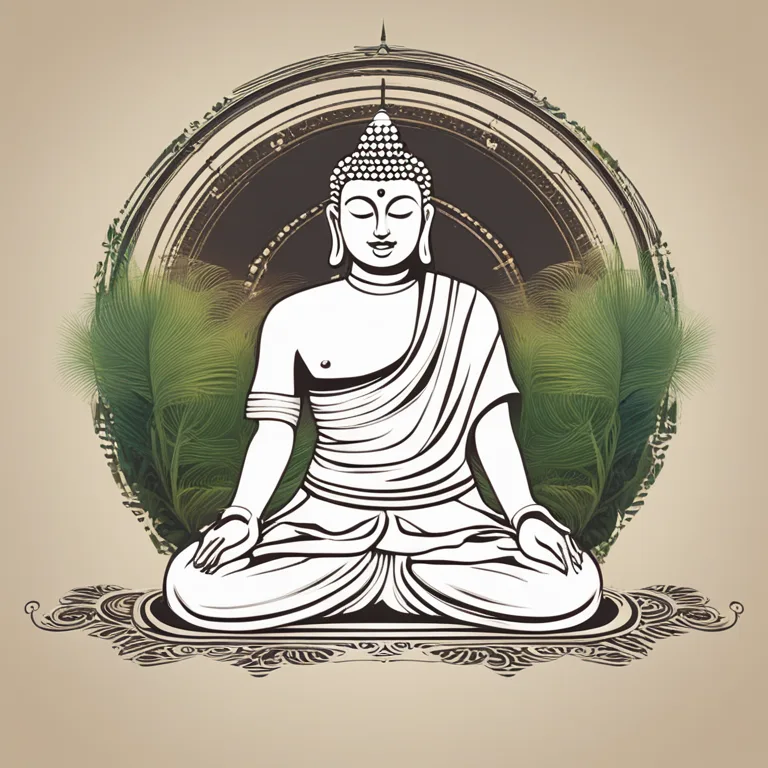
Focused Mind: Meditation Techniques for Improved Attention
Discover effective meditation techniques to sharpen focus and improve attention, fostering a clearer and more present state of mind.
article by Hina Kurosawa
The Essence of Attention in Meditation
Amidst a world teeming with distractions, the art of maintaining a focused mind becomes increasingly valuable. Meditation offers a respite from the cacophony, inviting serenity into our lives. This article delves into the cultivation of attention through various meditation practices, which serve to enhance cognitive function and foster inner peace. Acknowledging the diverse nature of practitioners, the techniques outlined here cater to both novices and seasoned meditators alike. Engaging in these practices routinely can profoundly influence one's mental clarity and overall well-being.

Mindfulness: Foundation for Focused Attention
Mindfulness meditation is a cornerstone technique for honing attention. It usually begins with focusing on the breath, observing its rhythmic flow without passing judgment. The key is to bring awareness back to the breath whenever the mind wanders. As one cultivates mindfulness, the frequency of distractions diminishes, fostering a more attentive state of mind. Practice this technique by setting aside a few minutes each day, gradually extending the duration as your concentration improves. In our hyper-connected era, mindfulness stands out as a powerful antidote to the endless stream of digital interruptions.

Concentration Meditation: Sharpening the Mental Focus
Concentration meditation requires one to focus on a single point, such as a repetitive sound, a visualization, or a mantra. This form of meditation challenges the practitioner to maintain undivided attention on the chosen object, sharpening the mind's focus. Through repeated practice, one develops the ability to concentrate for extended periods, which is indispensable for the deep work that our increasingly complex world demands. This technique can be woven into daily routines, serving as a tool to recalibrate attention amidst life's myriad tasks.

Progressive Relaxation: Clearing the Path for Attention
Sometimes, the gateway to improved attention is through the body. Progressive relaxation involves systematically tensing and then relaxing different muscle groups. This creates a state of deep physical relaxation, which can indirectly enhance mental focus by reducing stress and quieting mental noise. As stress levels are linked to diminished cognitive function, progressive relaxation can serve as a preparative step, creating the optimal conditions for attention-centric meditation practices.

Zen Meditation: The Practices of 'Just Sitting'
Zen or Zazen meditation encourages "just sitting," a practice where attention is not focused on a specific object, but rather the experience of being present. This approach can be quite challenging, as it requires the acceptance of everything that arises in consciousness without attachment. It is the discipline of the attention, teaching practitioners to notice thoughts and sensations without being carried away by them. Over time, this can lead to a profound sense of tranquility and deepened attention span, reflecting the Zen precept of finding calm within chaos.
Using Technology to Enhance Meditation
In the digital age, technology can be leveraged to aid meditation practices. Apps and online platforms offer guided meditations, timers, and customized sessions to assist users in cultivating attention. While tech can be seen as a source of distraction, it can also provide structured and accessible meditation experiences for people worldwide. However, it is crucial to approach these tools with discernment, ensuring that they serve as aids to practice rather than new sources of distraction.
Published: 1/8/2024
Modified: 1/8/2024
More predictions
Come back here soon to learn more about yourself and your future


Mastering Japa Meditation Practices
Discover the serene art of Japa Meditation and elevate your spiritual journey through chanting and mindfulness.


Finger Meditation Techniques
Discover the power of finger meditation to harmonize your body and mind, enhancing wellness and inner peace.


Meditation Techniques: A Handbook
Discover the breadth of meditation methods to enhance your wellness journey.